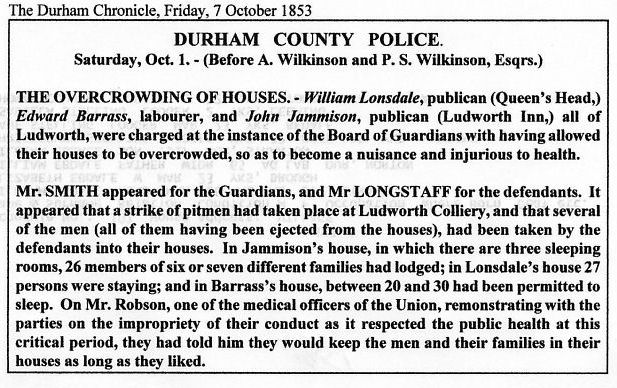The only historical information on the village that I have is information about the tower which came from the English Heritage National Monuments Record :-
Ruins of tower house. Early C15. (1422 licence to crenellate to Thomas Holden). Thin courses of ochre-coloured limestone, and some magnesian limestone, with sandstone quoins. West elevation: 2 fragments of only surviving wall, to height of 3 storey's with central gap, have 2 roughly-rectangular first-floor window openings, and one on second floor, with dressings removed. East elevation shows rough stone voussoirs over deeply-splayed jambs of these openings; fragments of first-floor fire hood at side of gap, wit apparent nook shaft. Fragments of stone spiral stair at north. Remains of barrel-vaulted ground-floor chamber. Fragments formerly identified to south of road now covered over or dispersed. Source W. Hutchinson, The History and Antiquities of the County Palatine of Durham, 1785, 3 vols; II586.
John Winter also sent me the following
Ludworth (Ludda's Farm)is noted for the ruins of a PELE TOWER a feature very common in Northumberland but a lot rarer in County Durham. Peles are oblong tower houses built to protect local people from the invasions of the Scots. The fortification at Ludworth was constructed in 1422 by the Holden family on the site of their manor. A large part of the building collapsed in 1890 but one wall remains along with the foundations of a tight spiral staircase which is a typical feature of a pele tower.
Information sign from Ludworth Tower
I received the following from Alistair Mills in Canada all part of the make-up of the history of the village.
